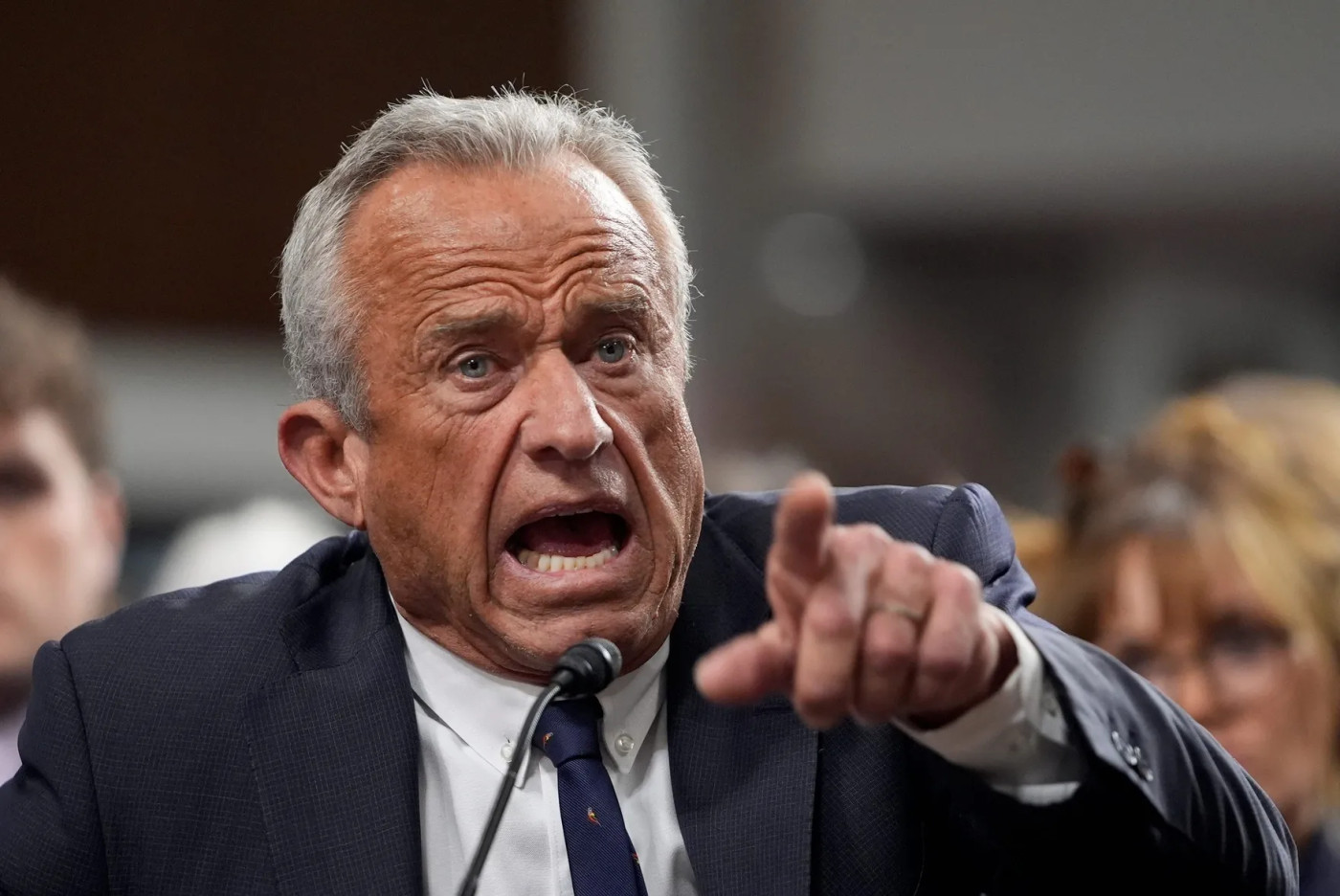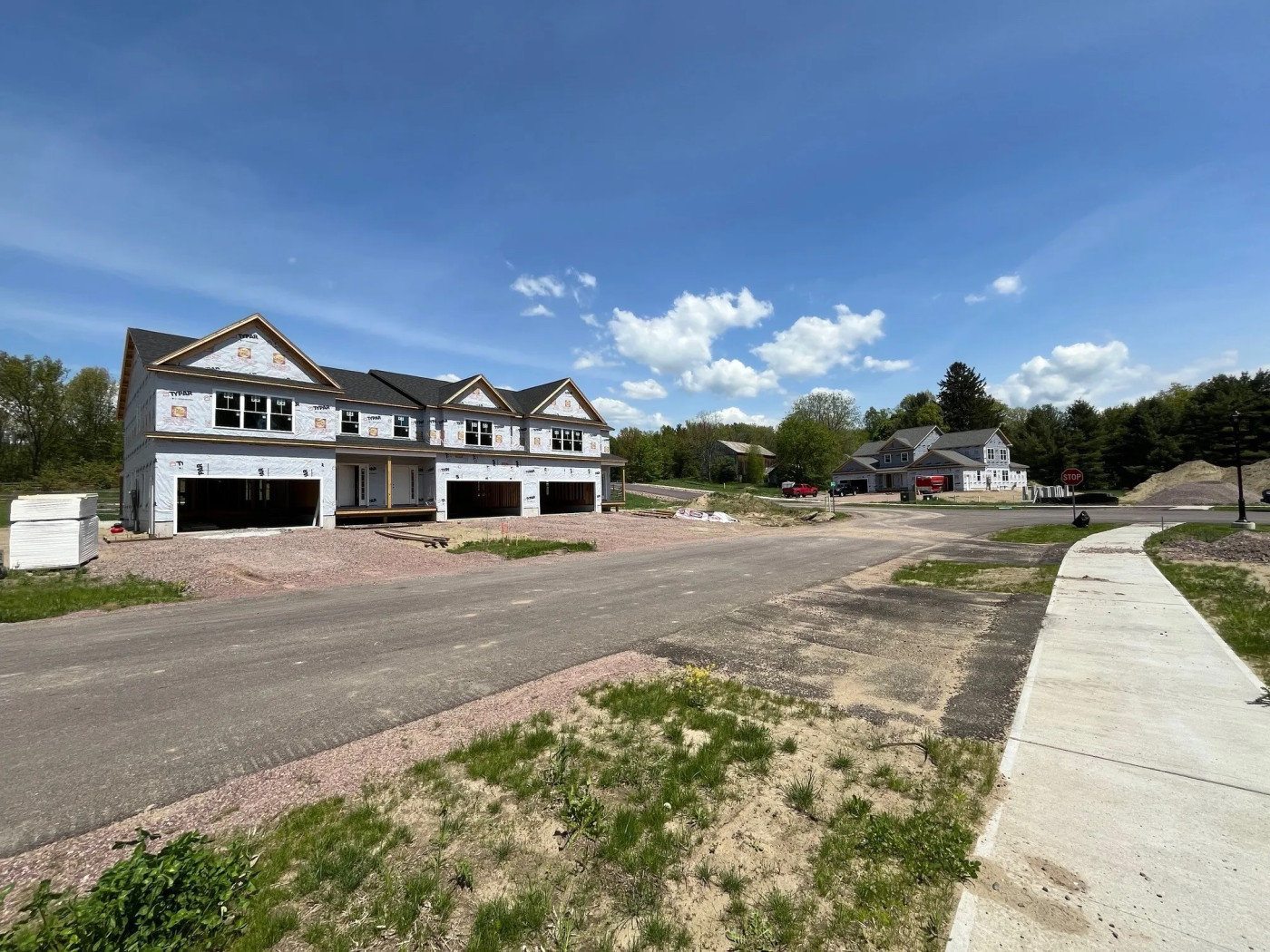
Vermont needs to build 7,000 homes annually for 25 years to meet demand, says new study
A new study shows Vermont needs to build 7,000 new homes every year for the next 25 years − a total of 172,000 new homes − to keep up with demand and end its chronic housing shortage by 2050.
If that sounds daunting, it is.
The state's peak year for building homes was 4,800 in 1988. In 2023, building permits were issued for 2,456 homes statewide, an improvement over the historic low of 1,300 permits in 2011 − but nowhere near the 7,000 new homes annually that are required, according to the study.
"We have got to pick up the pace," Commissioner Alex Farrell of the Department of Housing and Community Development (DHCD) said in a statement. "These targets reinforce what we already know: we are not adding new homes fast enough to meet current demand, let alone even modest growth."
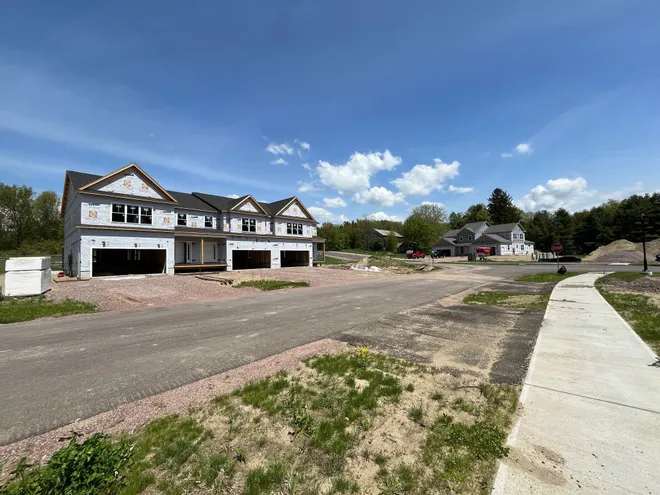
The study was done by DHCD in collaboration with the Vermont Association of Planning and Development Agencies (VAPDA) and the Vermont Housing Finance Agency (VHFA).
Buy that dream house: See the best mortgage lenders
The challenge over the next five years is equally daunting
Looking out five years to 2030, the study finds that for Vermont to address its demographic challenge it needs to add 41,000 new rental and owner-occupied residences. That translates to 8,200 housing units per year for the next five years.
"As regional planners, we recognize that these statewide and regional numbers may be a lot for some municipalities to absorb," Devon Neary, executive director of the Rutland Regional Planning Commission, said in a statement. "We are committed to work with local cities and towns to help break the numbers down to achievable goals over time."
Neary is also the VAPDA chair.
Slow rate of home development in the past 25 years hasn't kept pace with demand to live in Vermont
In its own study, Vermont Housing Needs Assessment for 2025-2029, VHFA gave a range of homes required by 2050 from 79,000 to 172,000, with the high end mirroring the number from the DHCD study. On a percentage basis, VHFA calculated that kind of growth in housing stock requires average annual pace of increase of 0.8-1.6%, which translates to between 3,160 and 6,880 homes per year.
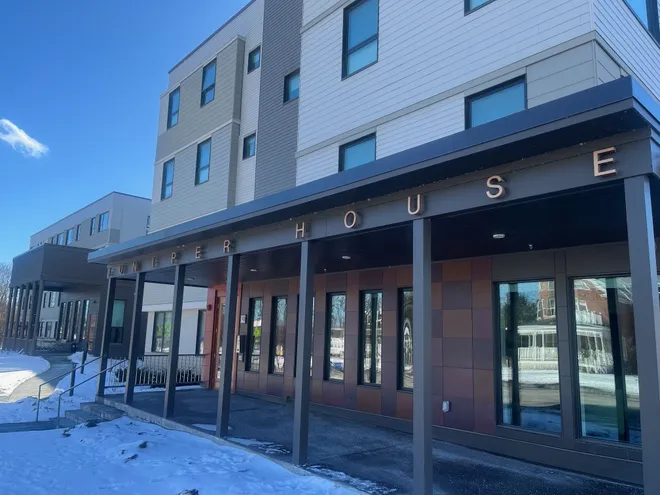
By way of comparison, in the 10 years from 2010 to 2020, Vermont's housing stock increased by an average rate of 0.4%, which translates to 1,178 homes per year. Clearly, the goals for increased housing being laid out will require a revolution in homebuilding.
The VHFA study finds Vermont's housing deficit is defined by the following gaps:
- The slow rate of home development since 2000 has not kept pace with the demand to live in Vermont. The period from 2010-2020 had the slowest annual rate of home development in Vermont since 1950-1960. As a result, the housing stock in Vermont is amongst the oldest in the country, which has contributed to low vacancy rates and quick turnover of homes for both buyers and renters.
- The shortage of housing stock is further compounded by the prevalence of seasonal and other secondary use homes in Vermont. These homes, many of which are not suitable for year-round use, have been a feature of Vermont's housing stock for decades; Vermont has been in the top 3 states for its percentage of housing stock used as seasonal homes since 1940. Today more than 15% of all homes in the state (about 50,000) are used as seasonal homes.
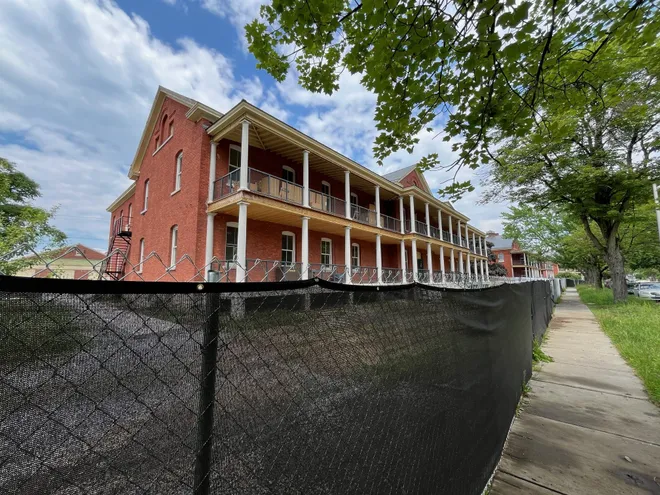
- Vermont's population is the third oldest in the country. Older Vermonters who are staying in their homes after they retire have kept many homes out of the market for younger potential buyers. As a result, many homes are not being fully utilized − "under-occupied," according to the study − while the state's population continues to trend older.
- After years of negligible net migration into the state, the rate of in-migration to the state increased substantially during 2021 and 2022 because of the Covid-19 pandemic. This increase, while modest in overall number, was likely enough to influence the already precarious housing market. Vermont home prices and rents have increased at a higher rate since 2020 than in the five years before the pandemic.
Contact Dan D’Ambrosio at [email protected]. Follow him on Twitter @DanDambrosioVT.
